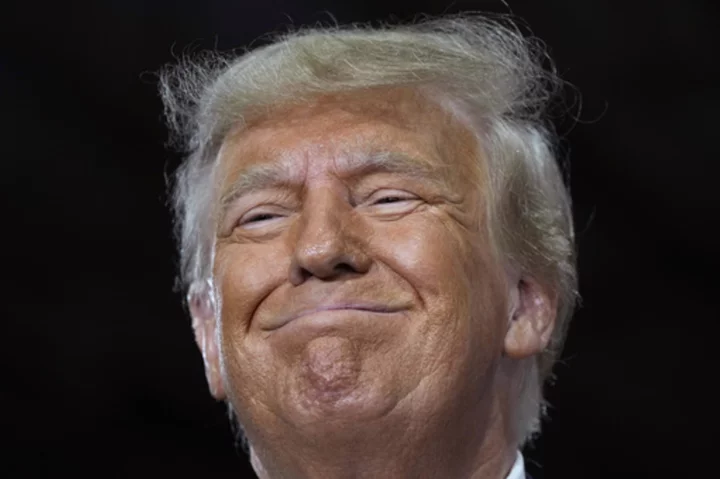
Trump will file for New Hampshire presidential primary in person ahead of campaign rally
Former President Donald Trump will formally file for the New Hampshire presidential primary Monday ahead of a rally in Derry
2023-10-23 23:57
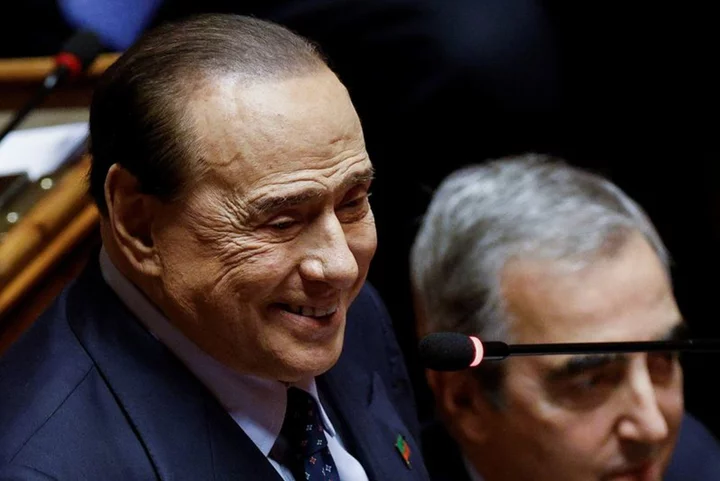
Silvio Berlusconi's many court battles, one sole conviction
ROME (Reuters) -Silvio Berlusconi, the four-time Italian prime minister and billionaire media mogul who died on Monday at the age
2023-06-12 18:28
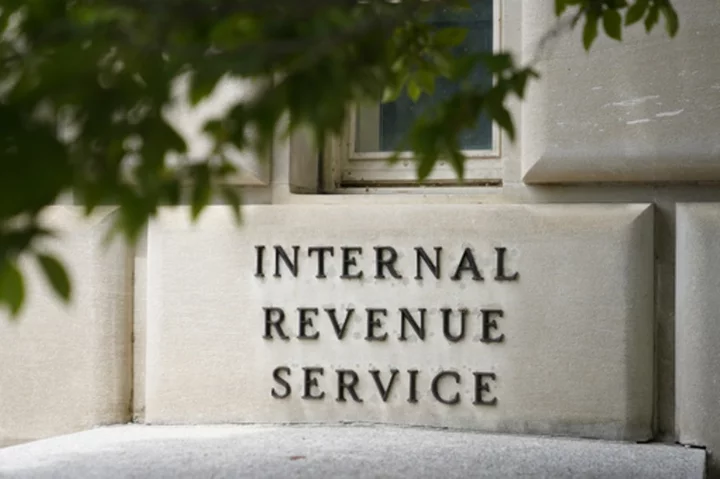
IRS aims to go paperless by 2025 as part of its campaign to conquer mountains of paperwork
Most taxpayers will be able to digitally submit a slew of tax documents and other communications to the IRS next filing season and the agency plans to go completely paperless in 2025
2023-08-03 04:48
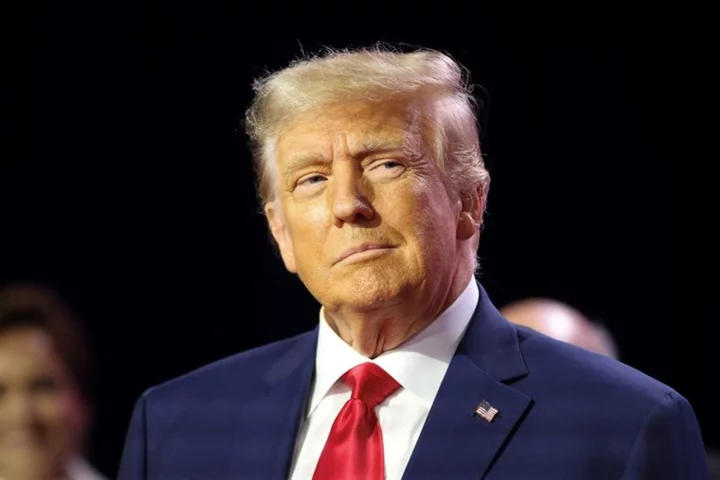
Trump says 'vital' federal role remains for regulating abortion
By Moira Warburton WASHINGTON Former President Donald Trump said the federal government has a role in regulating late
2023-06-25 09:18

My son the hostage: Dissident families targeted in Belarus
The sons of two anti-government figures are in jail because of their fathers' actions, the BBC hears.
2023-05-11 10:17
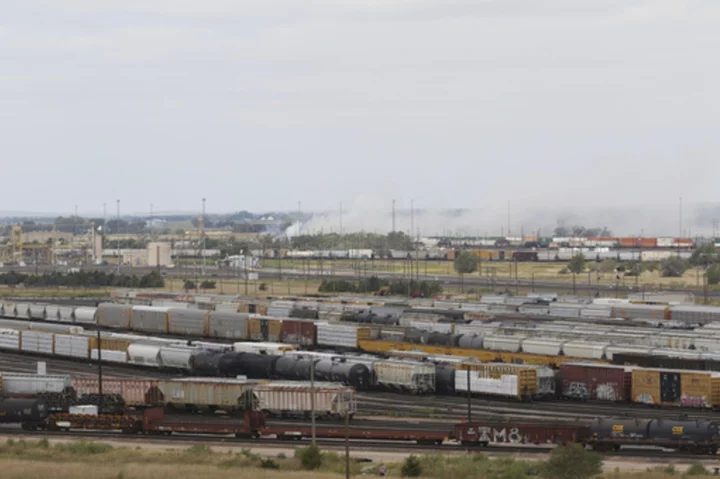
Railyard explosion, inspections raise safety questions about Union Pacific's hazmat shipping
Federal inspectors have twice found hundreds of defects in the locomotives and railcars Union Pacific was using at the world’s largest railyard in Nebraska, but none of those seem to explain why a shipping container filled with toxic acid exploded there this fall
2023-11-24 13:16
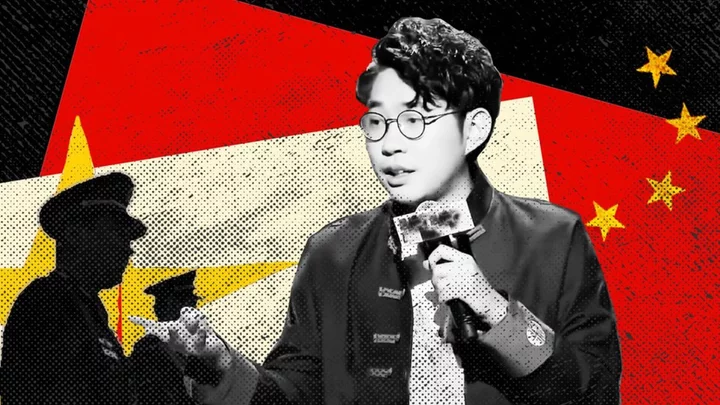
China's growing comedy scene feels censorship chill
The recent crackdown on stand-up comedy has further shrunk the space for public discussion in China.
2023-06-05 07:15

Judge rejects attempt to block new Washington state gun restrictions
A federal judge has rejected a request to block a new Washington state law banning the sale of certain semi-automatic rifles
2023-06-07 04:27
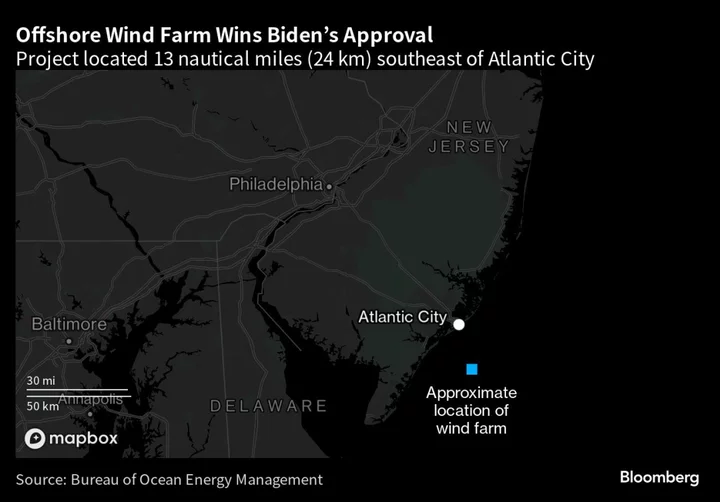
Wind Farm Off New Jersey Coast to Win Biden's Approval as Locals Balk
The Biden administration on Wednesday approved Orsted A/S’s Ocean Wind 1 project, setting the stage for installation of
2023-07-06 01:48

Patricia Conlon: Texas woman charged with murder after she shot dead daughter's 'abusive' boyfriend
Patricia Conlon was arrested on August 28 for shooting and killing her daughter’s allegedly abusive boyfriend
2023-09-02 05:29
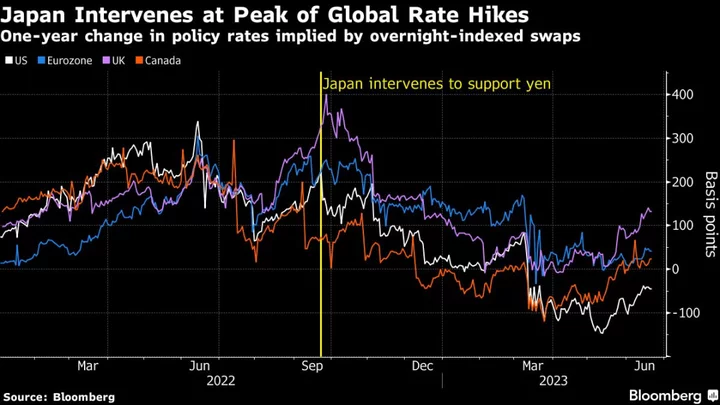
Weak Yen Now Is Key to Stronger Currency and BOJ Pivot Later
Japanese policymakers and business leaders appear far more sanguine about the recent slide in the yen than they
2023-06-28 13:56
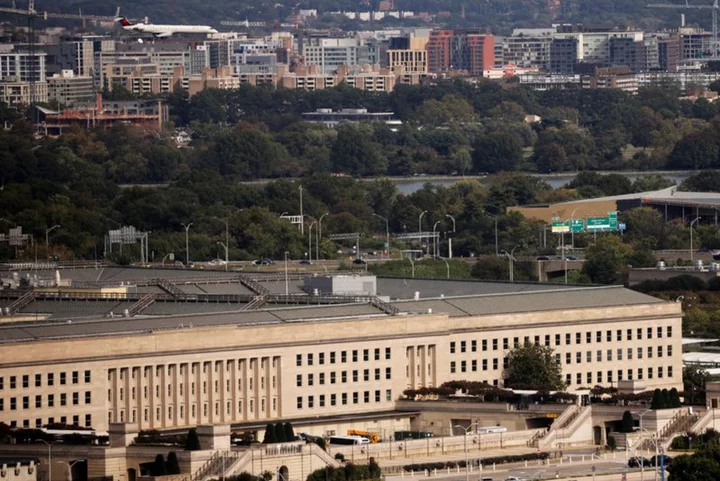
U.S. aims to make 100,000 artillery shells per month in 2025, US official says
WASHINGTON The U.S. plans to increase monthly production of 155 millimeter artillery shells over the coming years to
2023-09-16 00:16
You Might Like...

Bayer ordered to pay $332 million in Roundup cancer trial
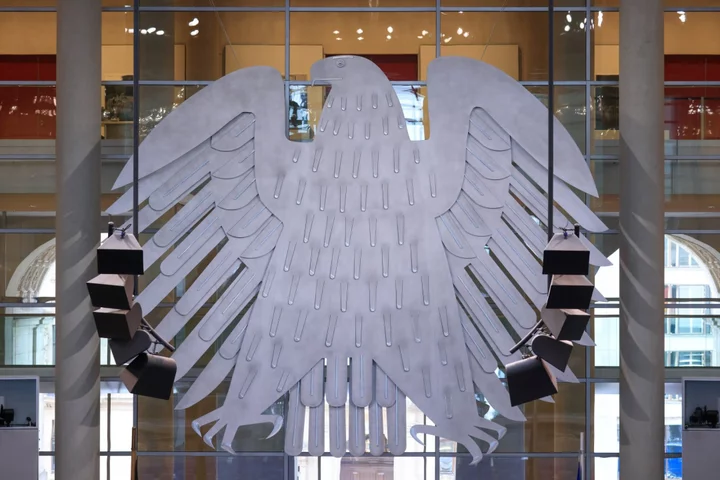
Germany Ordered by Court to Set up New Climate Action Plan

What to stream this week: 'Guardians of the Galaxy Vol. 3,' Quavo, 'Reservation Dogs' and 'Mixtape'

Hendrick Motorsports took a gamble on William Byron. Now he'll try to win his 1st Cup title
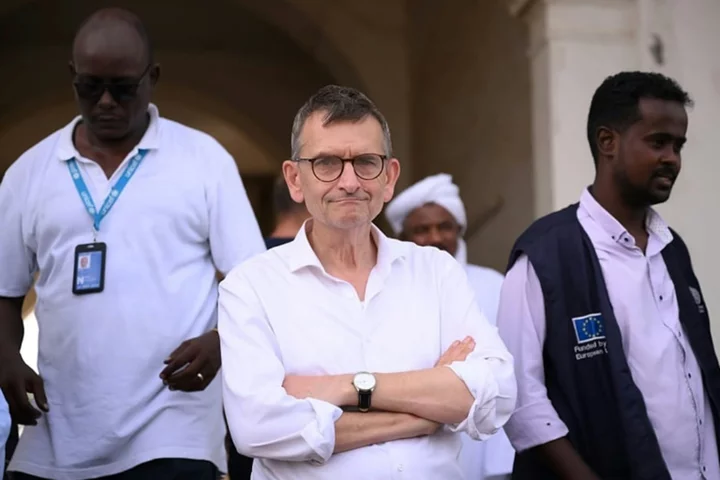
Sudan authorities declare UN envoy 'persona non grata'

US slips into round of 16 of Women's World Cup after scoreless draw with Portugal
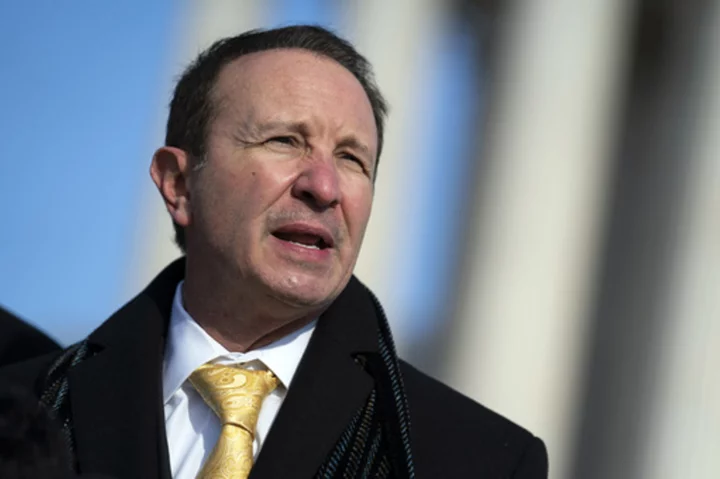
Louisiana governor candidates face off in debate highlighting abortion ban and police brutality
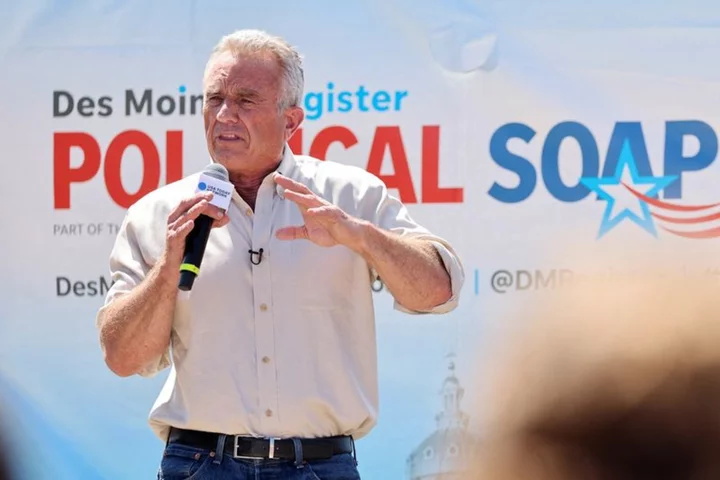
Robert Kennedy Jr to run as independent, could complicate Trump, Biden 2024 contest
